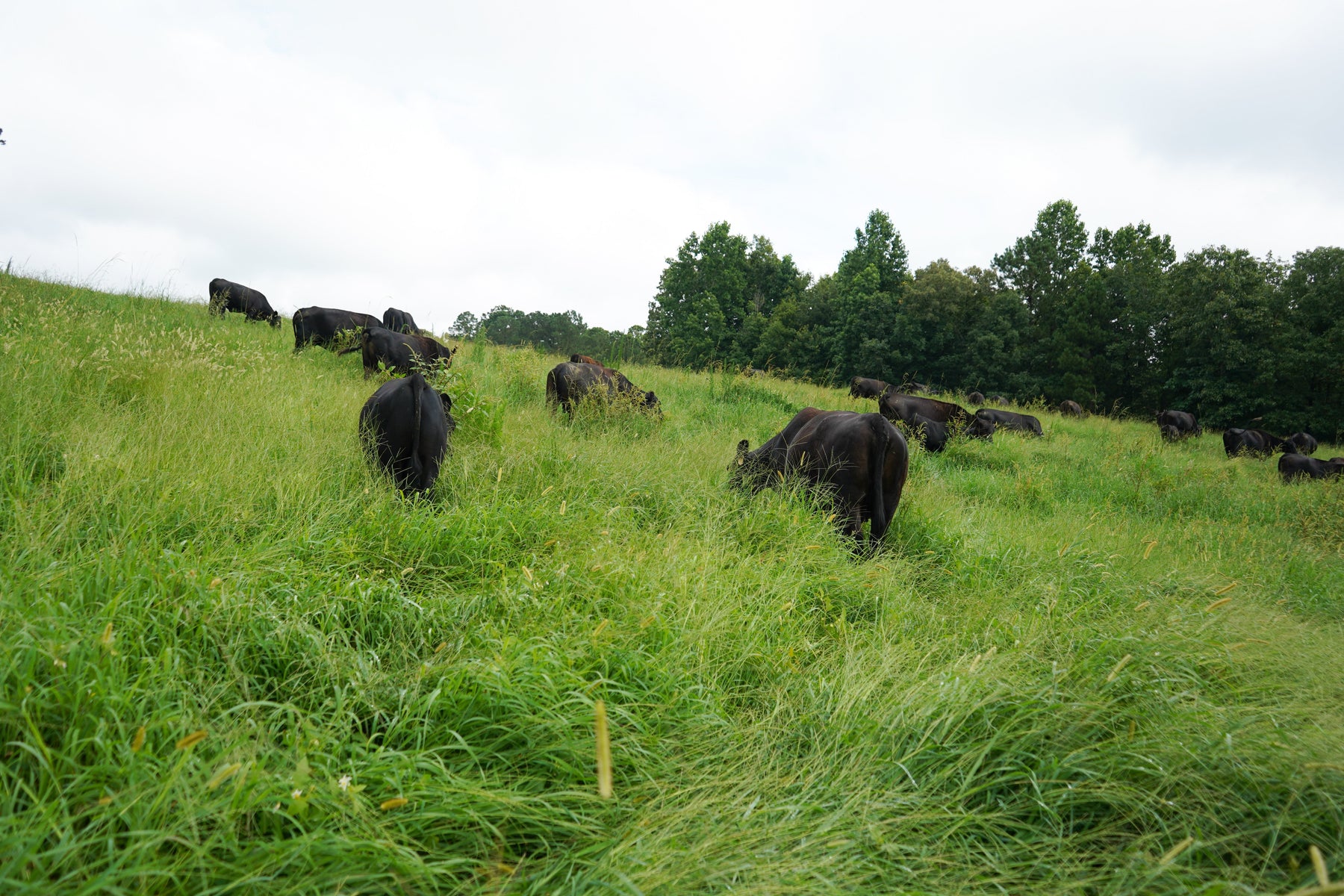
One of the Trade-Offs of Pasture-Raised Beef
If you purchase a steak from us, will it be the most tender steak you have ever eaten?
No, it won’t, and here’s why.
In the traditional beef supply chain, most cattle spend their final months in a feedlot setting during the finishing or fattening process. They live on flat, dry lots where feed and water are placed conveniently close together, often only 20 to 50 feet apart. The system is designed to minimize movement and maximize weight gain.
Our cattle live differently. They remain on pasture their entire lives, moving across rolling hills to fresh grass and clean water. They walk, and sometimes run, miles every day. That movement builds real muscle, not just marbling.
But just because our beef isn’t as tender as feedlot beef doesn’t make it lower quality. In fact, I’d argue the opposite.
Even if the diet were identical, cattle that move more develop better circulation, healthier muscle fibers, and higher myoglobin levels, leading to slightly higher concentrations of iron and B vitamins. The difference in nutrient density is relatively small but measurable. More importantly, that activity gives the beef richer flavor and deeper color, a direct reflection of how the animal lived.
Regular movement improves circulation and overall muscle metabolism, enhancing how efficiently nutrients are absorbed and used, even on the same feed. Think of it like how a person who exercises regularly utilizes nutrients differently than someone sedentary. Our cattle are simply more “toned.”
You’ll notice the difference most in the more active muscle groups:
- Round (hind leg) – sirloin, sirloin tip
- Chuck (shoulder and neck) – chuck roast, flat iron
- Brisket (chest) – used heavily for movement and support
- Shank (lower leg) – osso buco, full of connective tissue from constant motion
These cuts may be leaner and require slower, more intentional cooking, but they’re packed with real flavor.

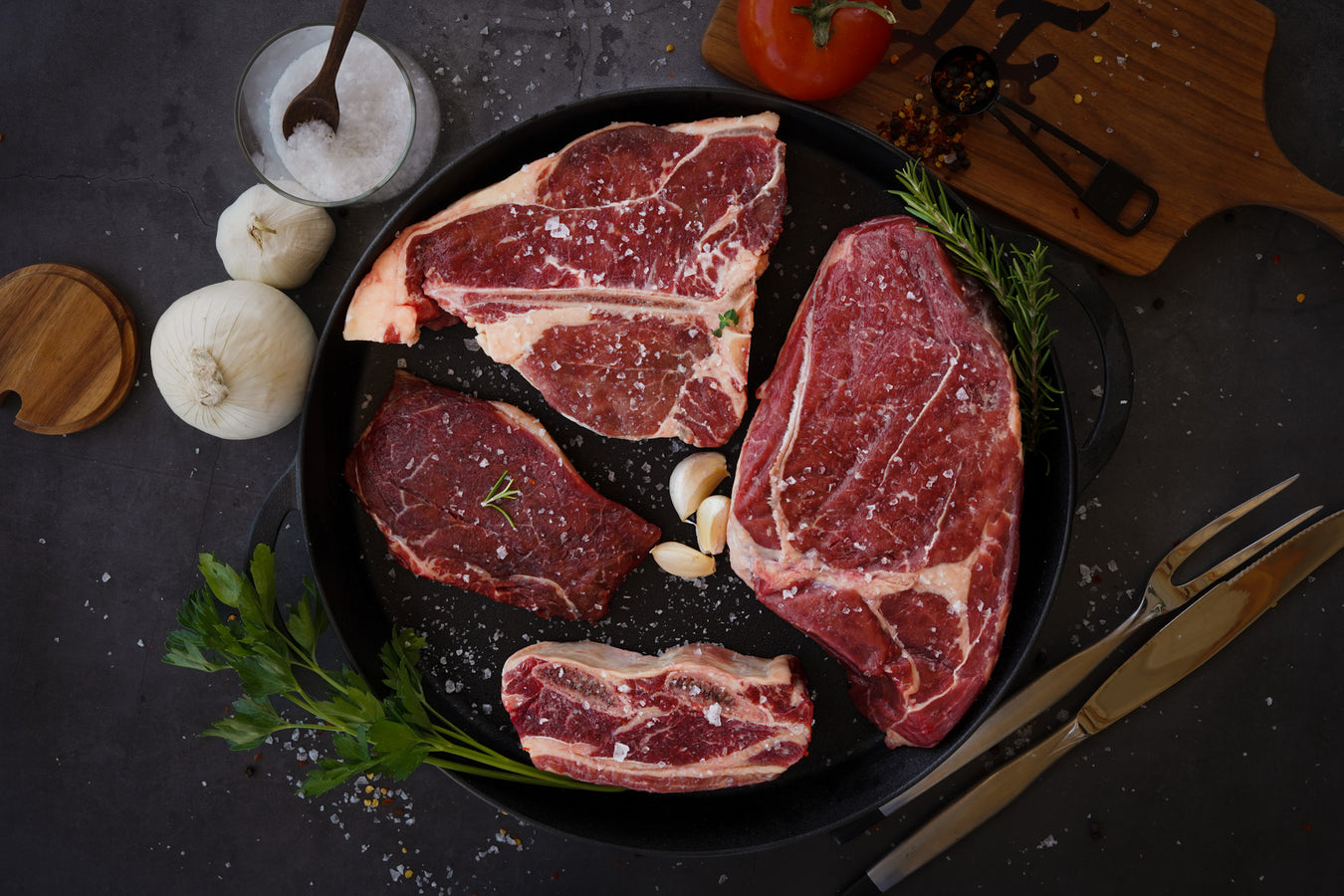
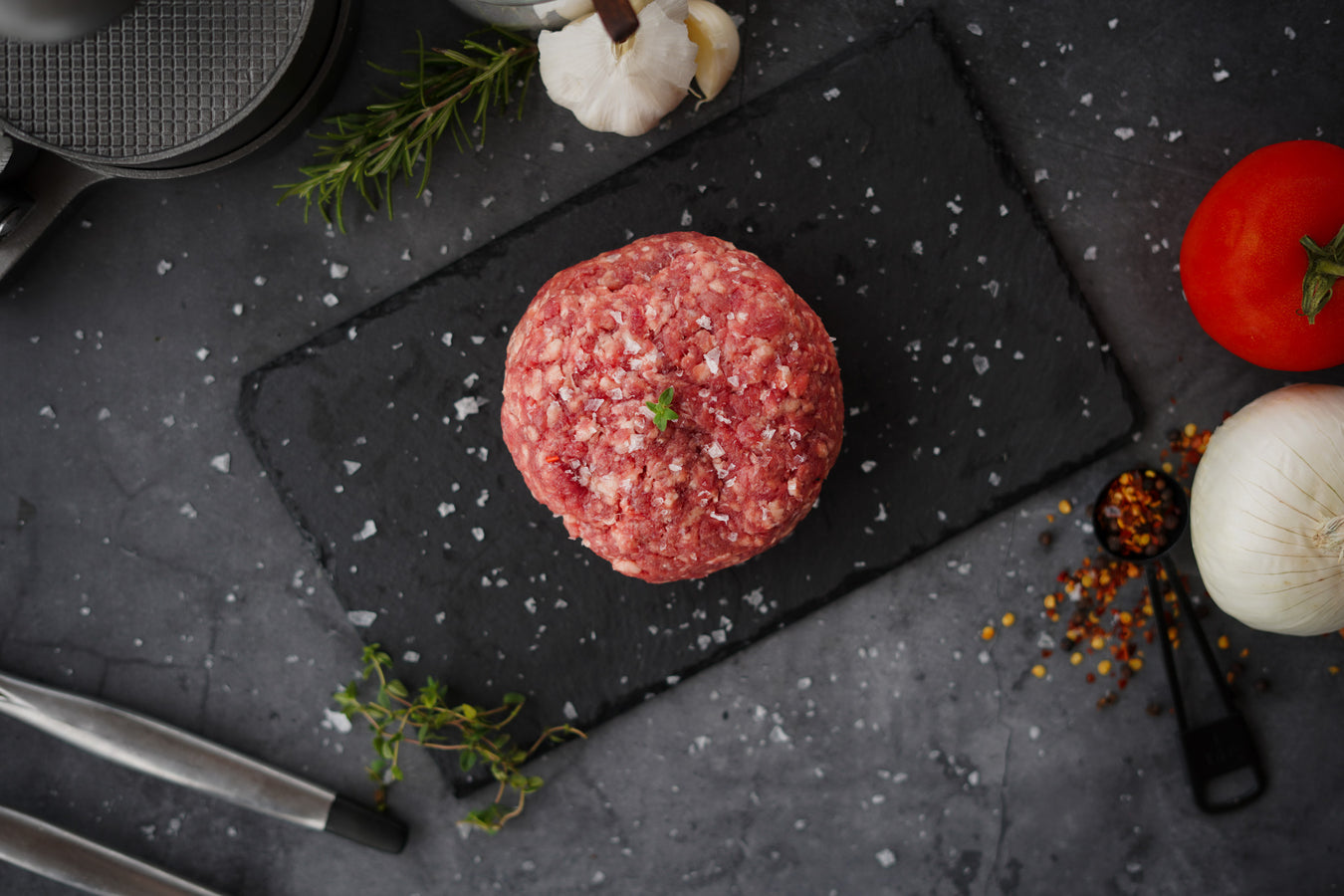
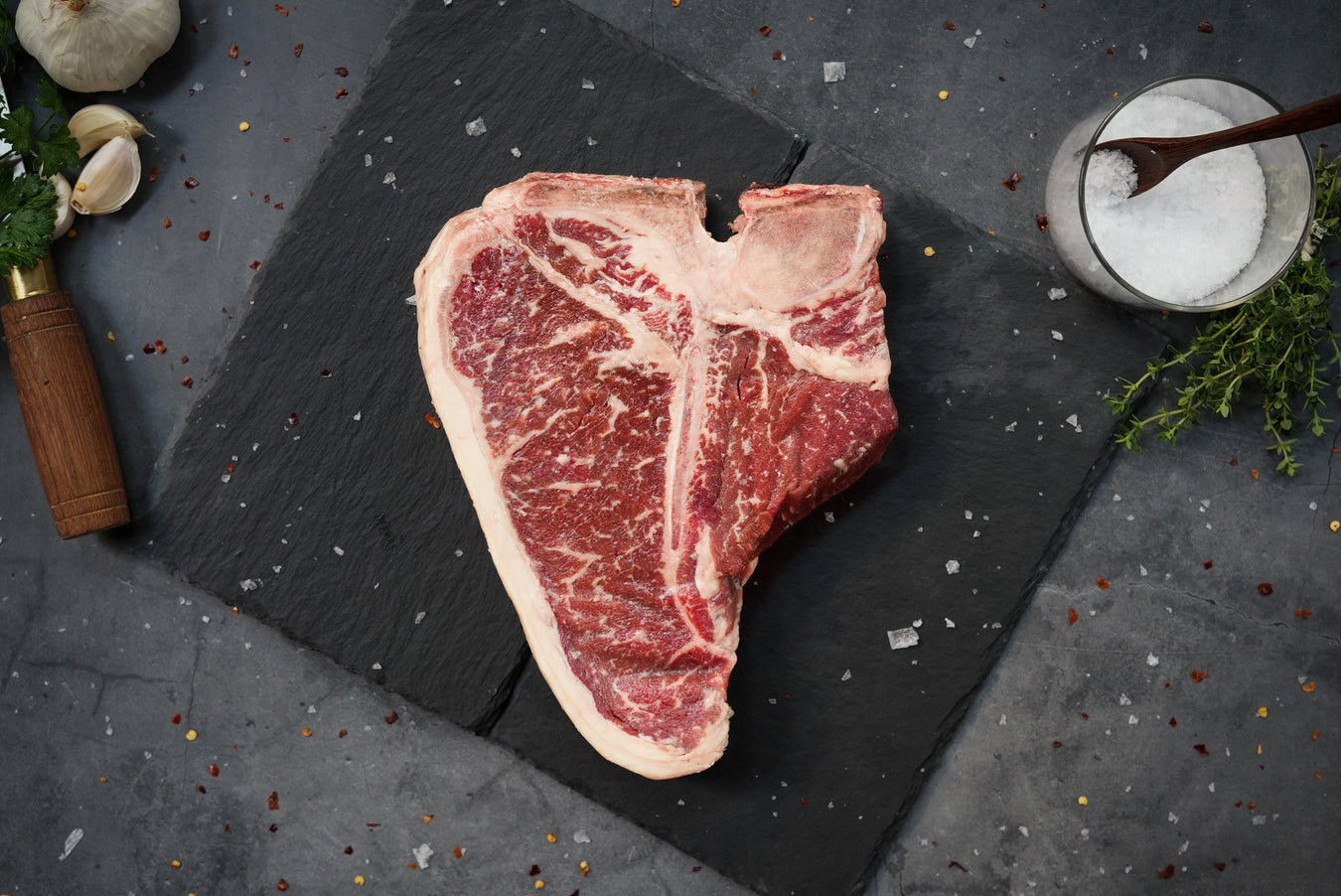
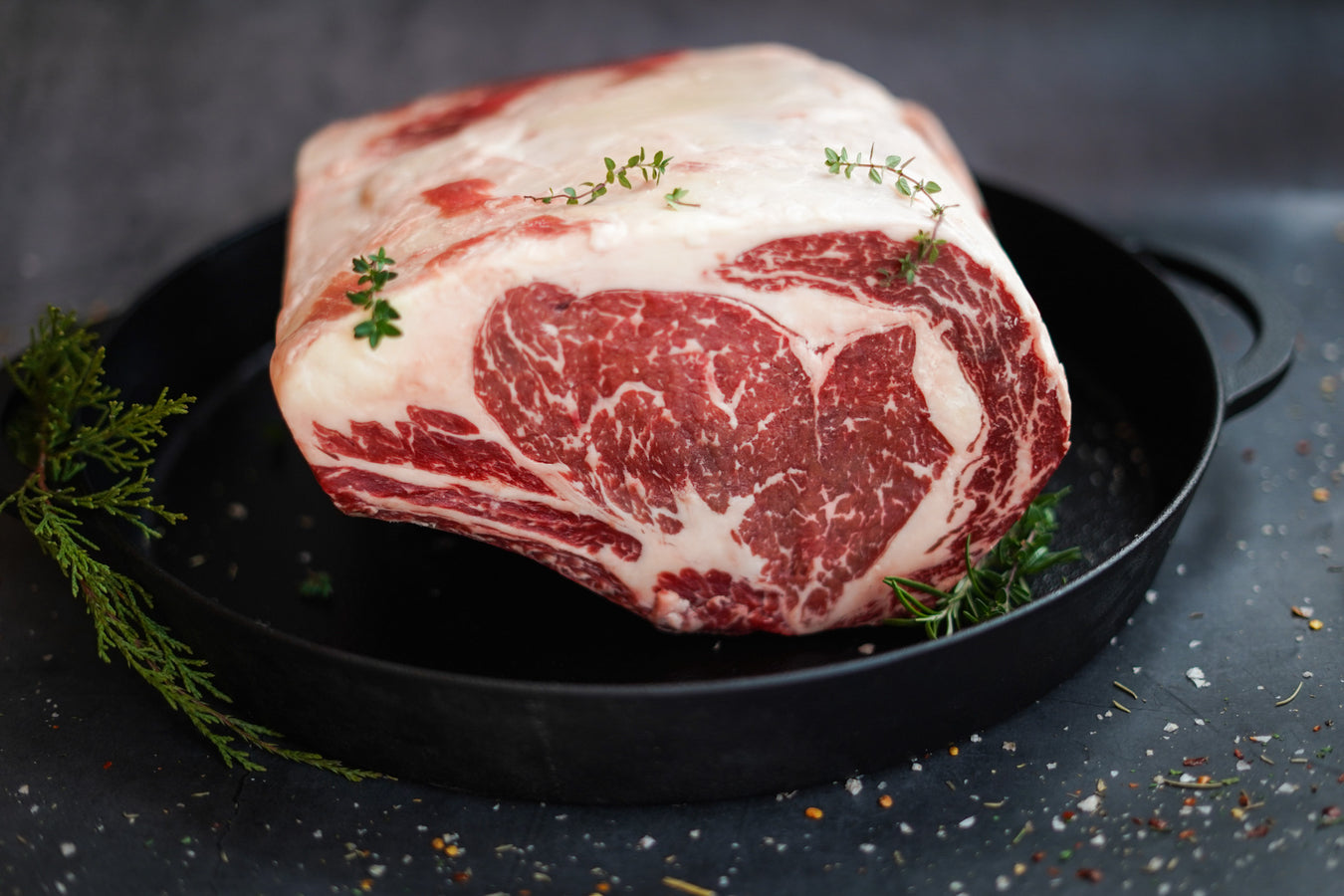
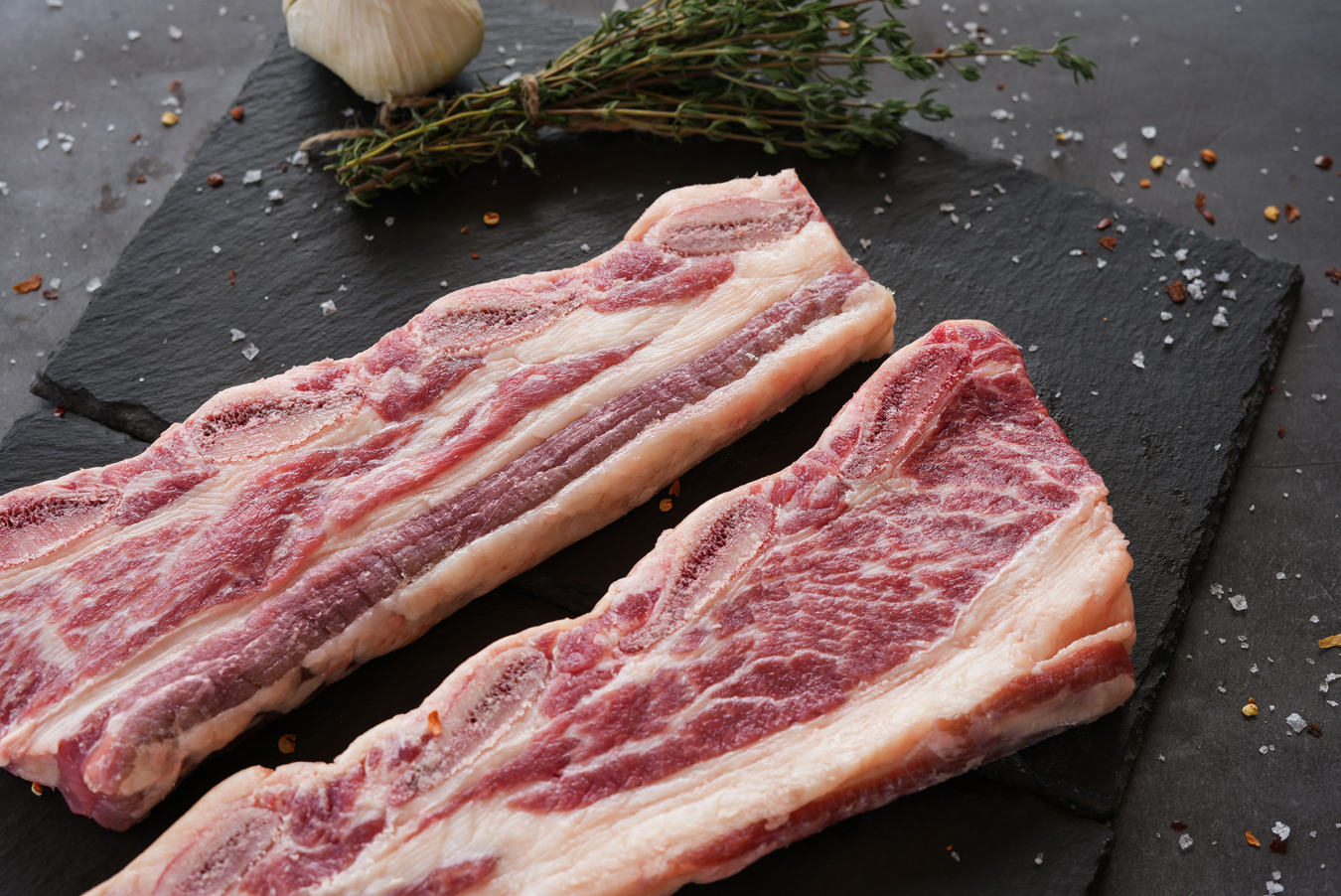
Leave a comment